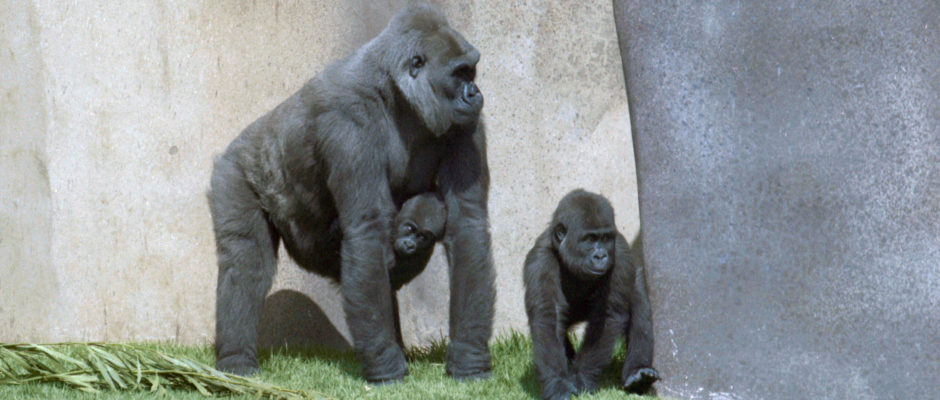Researchers at Penn State University have developed a faster and less expensive DNA sequencing method that has led to a surprising finding: A male gorilla’s Y chromosome is more similar to that of a male human than a chimpanzee.
The technique works for any species, so it can be used to study male infertility disorders and male-specific mutations. According to Penn State, it also can aid in conservation efforts by helping to trace paternity and track how males move within and between populations in endangered species, like gorillas.
The Y chromosome of mammals is notoriously difficult to sequence: It makes up only about one to two percent of the total genetic material found in cells of a male. To tackle this challenge, the researchers used an experimental technique called flow-sorting to preferentially select the Y chromosome for sequencing based on the chromosome’s size and genetic content.
“Sequencing the Y chromosome is like trying to put together a jigsaw puzzle without knowing the final picture from a pile of pieces where only about one out of every hundred is useful, and most of the pieces you do need look identical,” explains Penn State Professor Kateryna Makova. “We’ve developed a pipeline for sequencing the Y chromosome that is more efficient than previous methods. Our method will open the door for studying the Y chromosome in more labs, more species, and more individuals within those species.”
The similarity between gorilla and human Y chromosomes was unexpected.
“Surprisingly, we found that in many ways the gorilla Y chromosome is more similar to the human Y chromosome than either is to the chimpanzee Y chromosome,” she adds. “In regions of the chromosome where we can align all three species, the sequence similarity fits with what we know about the evolutionary relationships among the species: humans are more closely related to chimpanzees. However, the chimpanzee Y chromosome appears to have undergone more changes in the number of genes and contains a different amount of repetitive elements compared to the human or gorilla. Moreover, a greater proportion of the gorilla Y sequences can be aligned to the human than to the chimpanzee Y chromosome.”
The research, led by Makova and Professor Paul Medvedev, was published this spring in the journal Genome Research.
ELISE VIDER is news editor of Keystone Edge.


